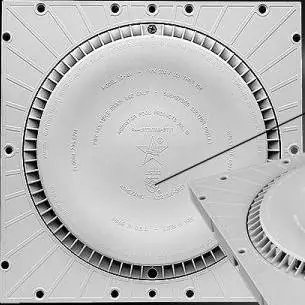Why are pool and spa drains so dangerous? Because if the drain cover is flat, any object or body part that covers that drain can become trapped by a powerful suction from which escape is difficult, and sometimes impossible. Luckily, the Pool and Spa Safety Act, also known as the Virginia Graeme Baker Pool and Spa Safety Act, was signed into law in 2007. This law requires that every public pool and spa in the U.S. be "equipped with anti-entrapment devices or systems that comply with the ASME/ANSI A112.19.8 performance standard, or any successor standard." Flat pool drains are assumed to be a thing of the past in public pools and spas. The law does not apply, however, to residential pools and spas, and, unfortunately, this is where a majority of entrapment injuries and deaths occur.
According to statistics compiled by the U.S. Consumer Product Safety Commission (CPSC), there were 83 reported entrapment incidents in the U.S. between 1999 and 2008. Of that 83, seven out of the eleven fatalities occurred in residential pools or spas, and 38 out of the 69 injuries occurred in residential pools or spas. In all, 64 percent of the incidents occurred in a residential setting. Additionally, 74 percent of all victims were under 15 years of age, 38 percent of whom were between the ages of five and nine.
Anti-entrapment drain covers for residential pools and spas are readily available and easy to install. The difference is in the design. Anti-entrapment drain covers are not flat, but domed, or shaped in some way that prevents objects or bodies from completely covering the drain and creating a dangerous suction. They offer an inexpensive and simple solution to a serious and sometimes deadly problem.
Even when you protect your own family and friends from the dangers of entrapment by installing anti-entrapment drain covers, how can you know if others have done the same? And, how do you know that your public pool or spa has complied with the Pool and Spa Safety Act and installed new, safe drain covers? Before diving in, take note of the pool and spa drains in any public or private pool or spa -- if the drain covers are flat, the pool or spa may not be a safe place for you or your kids. What should you do if someone becomes entrapped by a pool or spa drain? Act quickly. According to George Pellington of The Pool Safety Council, interviewed on CBS New's The Early Show on July 9, 2009, "you have to turn off the pump for the pool [or spa] and break the suction by putting your arm between the drain and the [person] and roll them off [of the drain]." Then, get medical attention immediately, even if the person appears to be uninjured.
If your own residential pool or spa has flat drain covers, you can easily replace them with safe anti-entrapment drain covers. Even if the Pool and Spa Safety Act does not specifically apply to backyard swimming pools and spas, there is no reason why you can't have the same safety standards at home that are expected and required of any public facility. Residential pool and spa drains do not have to be dangerous.
Last Updated: 12/09/2025 07:02 PM - ID:5437


